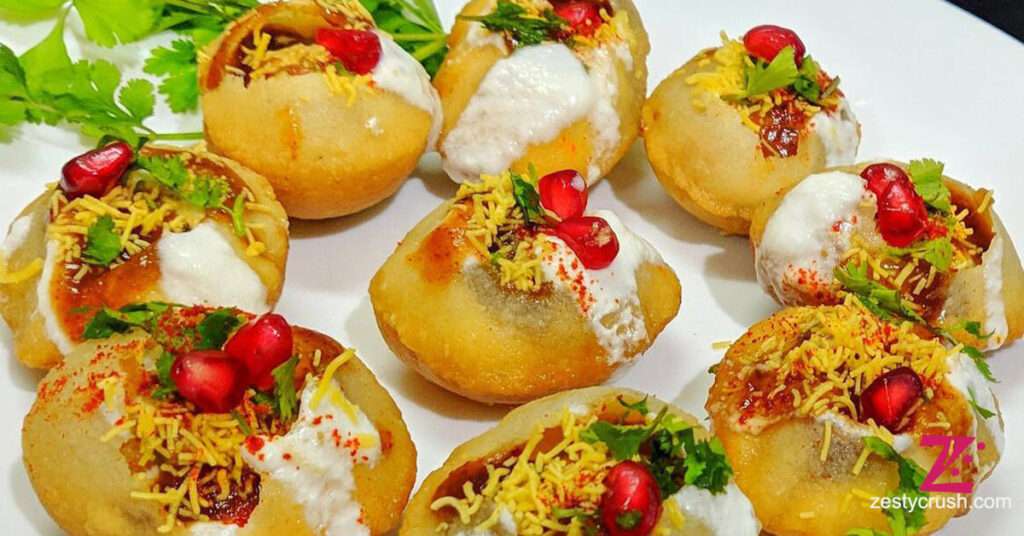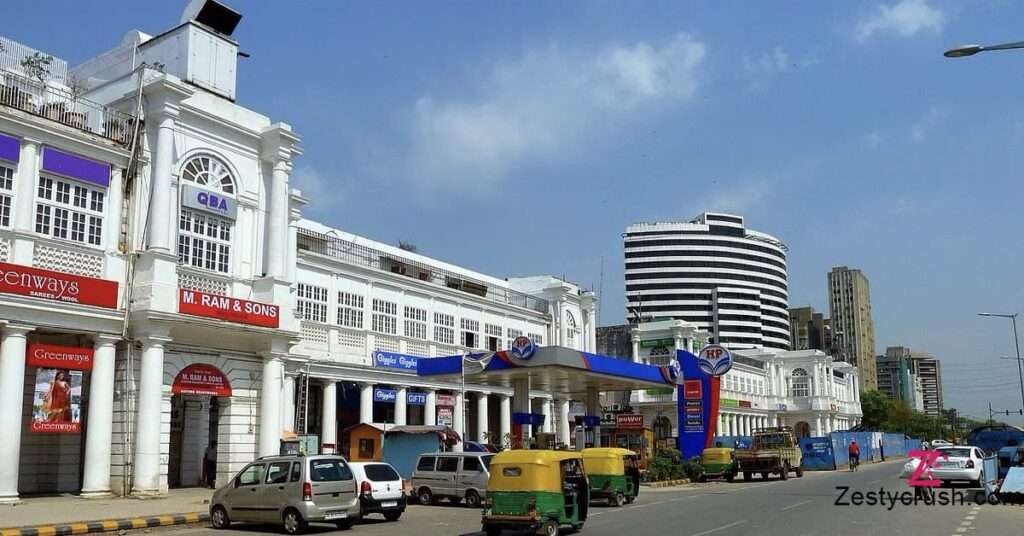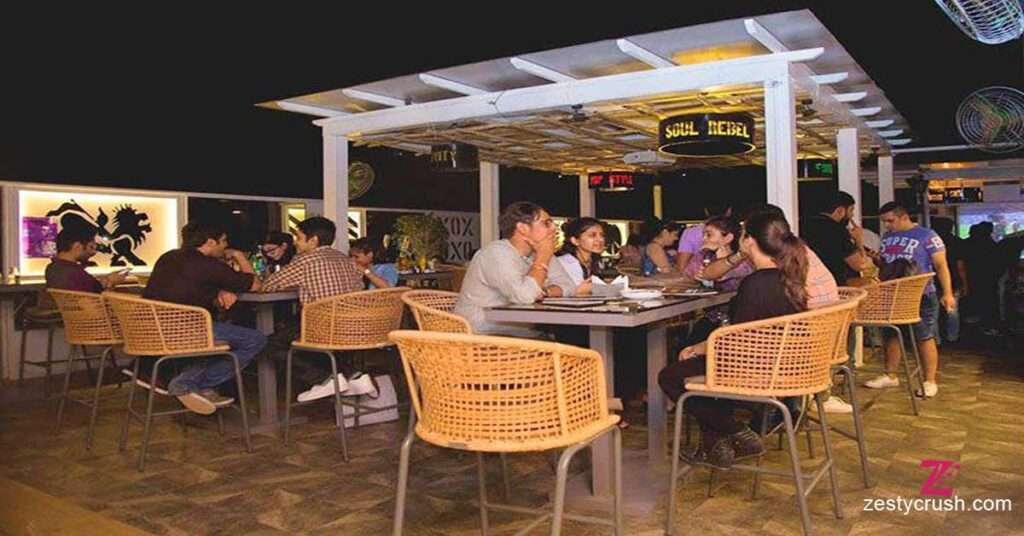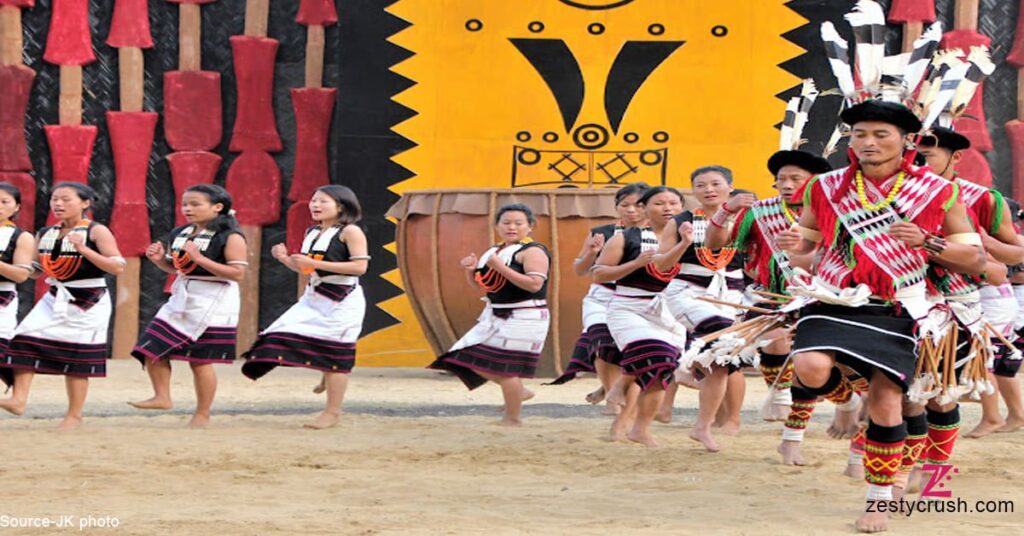Sikkim Traditional Dress: A Celebration of Heritage and Culture
Sikkim with its wonderful landscapes and rich cultural dress offers an interesting mix of traditions and customs. One way this cultural diversity shines is through Sikkim’s traditional dress or Sikkim dress code which beautifully reflects the identity of its communities, including the Bhutias, Lepchas, and Nepalese. This guide explores the cultural Sikkim traditional dress from men and women clothing to special Sikkim traditional dress for kids, Sikkim dress for boys and the jewelry that accompanies it. For travelers curious about Sikkim traditional clothing this deep dive into their costumes will enrich your appreciation of the region exciting heritage.
Sikkim traditional dress brilliantly showcases the state’s rich heritage and cultural variety. Each community, such as the Lepchas, Bhutias, and Nepalese, has its own distinct clothing styles that combine brilliant colors, complicated patterns, and historical significance. The Lepcha outfit Dumvum for women and Thokro-Dum for males is recognized for its understated elegance. Bhutia traditional gowns, such as the Kho or Bakhu, are iconic, with sophisticated woven designs and expensive materials. The Nepalese community adds charm to their Daura Suruwal and Gunyu Cholo dresses. Together, these Sikkim traditional dresses highlight the state’s individuality and character, preserving its cultural past with each thread and fold.
Cultural Significance of Sikkim’s Traditional Dress
The traditional dress of Sikkim is a blend of history, heritage, and pride. Each ethnic community—the Bhutias, Lepchas, and Nepalese—has distinct styles, which makes the Sikkim costume a showcase of diversity. Wearing these traditional clothes connects Sikkimese people to their roots and cultural identity, ensuring that their customs stay alive. The designs, fabrics, and colors are chosen to represent the values, beliefs, and artistic traditions of each group, making the dressing style of Sikkim a true testament to its rich heritage.
What is the Traditional Dress of Sikkim?
Wondering what is the traditional dress of Sikkim? The clothing differs among communities but includes famous garments like the Bakhu for the Bhutia people the Daura Suruwal for Nepali men and Gunyu Cholo for Nepali women. The Sikkim traditional dress name diverges by group but typically includes a wrapped garment which is held with a belt paired with accessories. These clothes of Sikkim reflecting sikkim climate and cultural values are made with exciting colors and durable materials.
Sikkim Traditional Dress for Women
These Sikkim outfits can differ greatly between communities for Sikkim traditional dress female. The Bakhu a Bhutia traditional dress fastened at the shoulder with a belt creating a graceful silhouette is commonly wear by Bhutia Women. To adding a cultural touch, it is usually paired with a silk blouse sometimes decorated with an apron known as the Honju. The Dumdyam or Thokro Dum a long draped dresses with delicate detailing is wear by the Lepcha Women. The Gunyu Cholo a sari like wraparound dress which is tied with a belt creating a graceful and authentic look is wear by Nepali Women in Sikkim.
Paired with accessories like earrings, necklaces and headpieces each of these garments is completing the Sikkim traditional dress female look with a blend of grace and style.
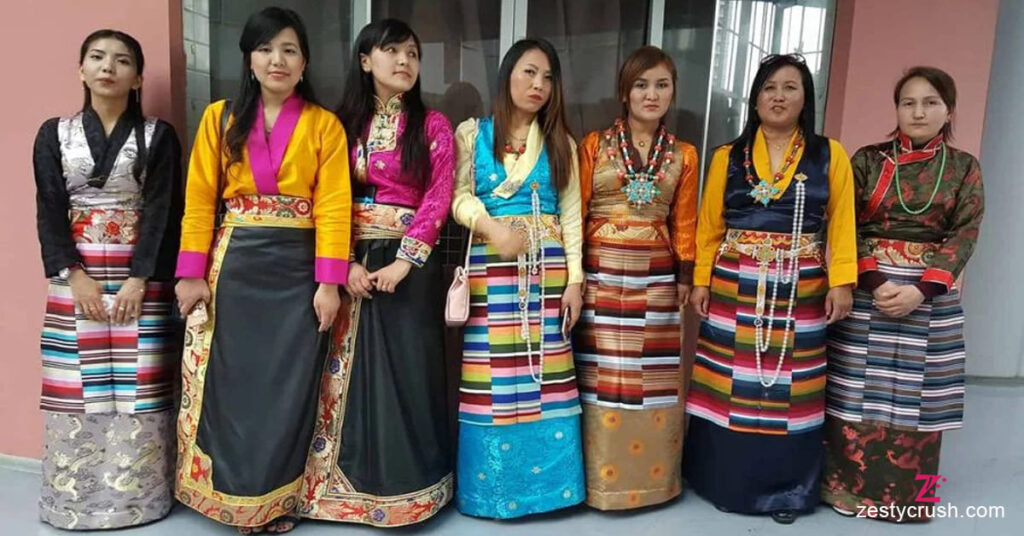
Sikkim Traditional Dress for Men
Men in Sikkim wear traditional attire that is both practical and culturally meaningful. Sikkim traditional dress male includes different pieces depending on the community. Bhutia men wear the Bakhu, a loose, cloak-like garment that reaches the knees, this Bakhu dress of Sikkim secured with a belt around the waist. Paired with loose pants, this ensemble is functional yet elegant, suited to Sikkim’s climate. Nepali men in Sikkim wear the Daura Suruwal, a long shirt with pleats, accompanied by a waistcoat and trousers, completing a dignified look.
The dressing style of Sikkim for men reflects the region’s traditions as Sikkim dress and is ideal for both everyday wear and special occasions. The Lepcha men wear the Thokro Dum, a more casual outfit featuring a simple shirt, belt, and trousers that highlight Sikkim’s natural materials and traditional weaving styles.
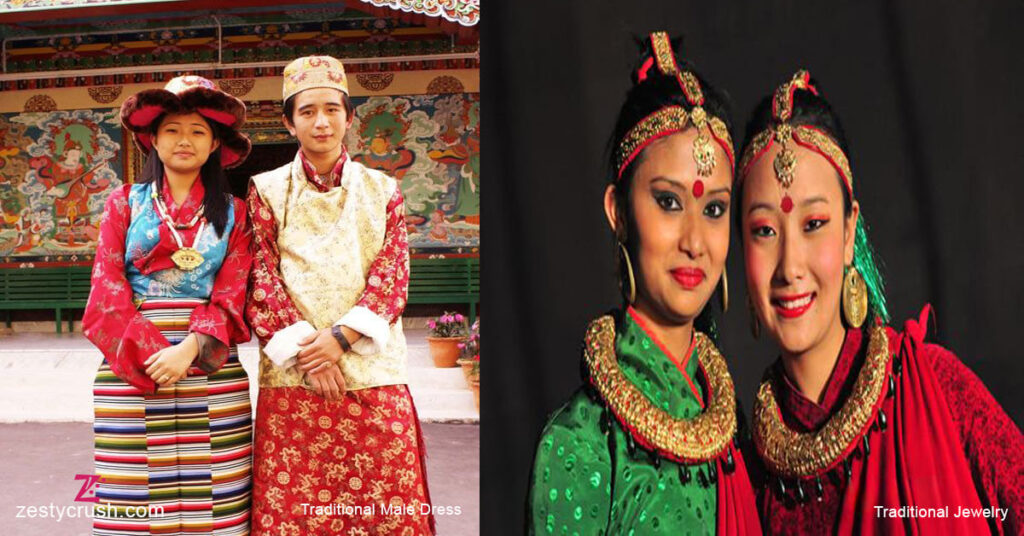
Traditional Dress of Sikkim for Kids
Children in Sikkim normally wear smaller versions of traditional dress especially during festivals and family gatherings. The Sikkim traditional dress for kids allows them to participate in cultural events and connect with their heritage. Bhutia children commonly wear the Bakhu and for Nepalese children the Daura Suruwal or Gunyu Cholo is popular. This early introduction to the cultural Sikkim traditional dress helps preserve traditions for future generations.
The Bakhu- A Classic Sikkim Traditional Dress
The Bakhu stands out as one of the most famous traditional dresses of Sikkim generally related with the Bhutia and Lepcha communities. This dress is made from durable fabrics making it a functional yet beautiful Sikkim famous dress. The Bakhu is worn by both men and women with the women version often accompanied by colorful aprons and blouses. This garment rich fabrics and exciting colors add warmth during Sikkim colder months representing both stylishness and flexibility.
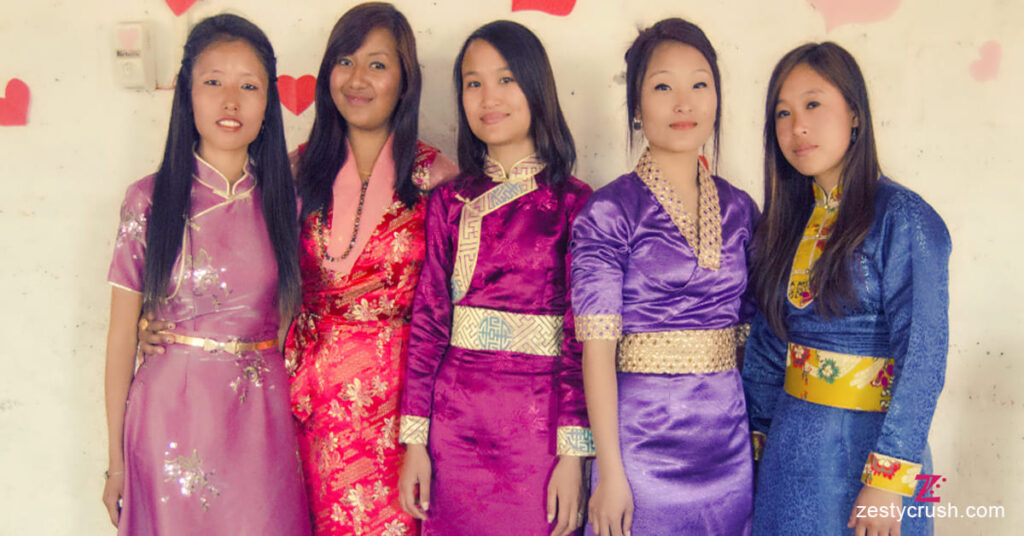
Sikkim Winter Traditional Dress
To keep people warm while retaining cultural aesthetics Sikkim winter traditional dress is improved to adept to the chilly climate of Sikkim. The Bakhu regularly layered over a warm shirt and scarf serves as a winter staple for both men and women. To adding comfort and insulation many Sikkim winter dresses are made from wool. Woolen shawls hats and scarves are common add-ons highlighting Sikkim skill in wool weaving.
Traditional Jewelry of Sikkim
Traditional jewelry of Sikkim plays a major role in enhancing the beauty of the region attire. Bhutia and Lepcha women wear necklaces called the Khao which are thick elaborate pieces crafted from gold and silver. Nepali women often wear the Fuli (a nose ring) and Sirbandi (a forehead ornament), along with bangles and bracelets. Sikkimese jewelry holds cultural and symbolic value with each piece representing heritage and skill that is carry forward through generations.
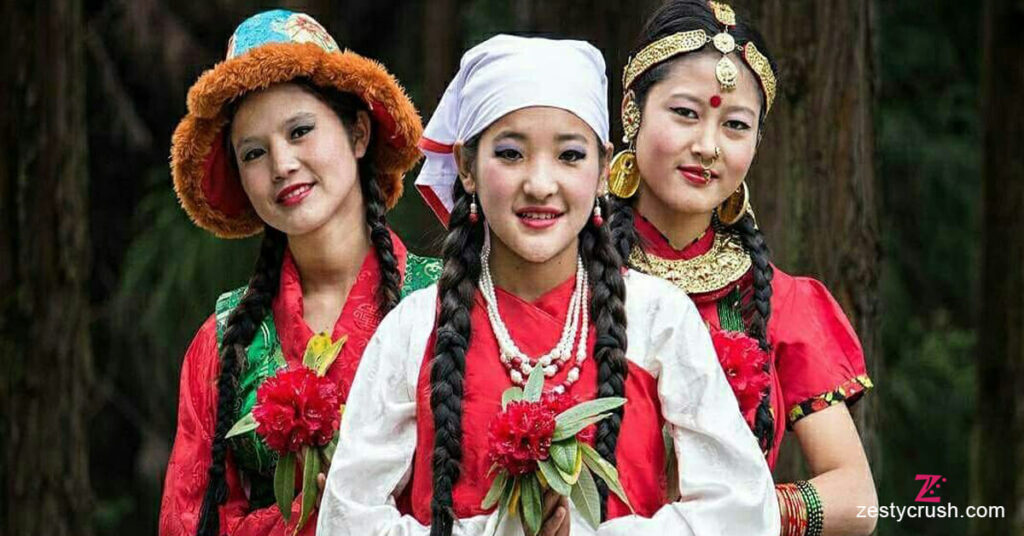
Influence of Gangtok’s Dressing Style
Gangtok dressing style represent a mix of traditional and modern elements with locals embracing both traditional dress and modern fashion. While many still wear Sikkim clothes on cultural occasions younger generations and visitors find that blending Sikkim rich heritage with modern trends creates a unique style. Sikkim costume is a blend of history and modernity this combination has led a revival in traditional dress making.
Sikkim Wedding Dress and Festive Attire
The exciting events like Sikkimese weddings where traditional clothing is given extra attention. The custom fitted version of the Bakhu or Gunyu Cholo for women paired with fine jewelry and intricate headpieces are the Sikkim wedding dress. Men dress in wedding is more lavish version of their traditional dress with detailed embroidery or unique patterns for festive occasions.
Different Cultural Groups and Their Dress in Sikkim
Sikkim is a place of various communities each have exclusive clothing styles. Nepalese proudly display the Dura Suruwal and Gunyu Cholo Lepchas wear the Dumvum and Thokro Dum Bhutias wear the Bakhu. Each community maintain its different heritage and values while living harmoniously is shown by the diversity in Sikkim clothes.
Modern Adaptations of Sikkimese Traditional Dress
Sikkim traditional dress has seen modern twist today with designers creating combination of garments that make traditional clothing of Sikkim more accessible. To make the dress stylish and suitable for modern wear modified Bakhu dresses and trendy Daura Suruwal suits are available now. This approach while appealing to younger generations and visitors alike also keep Sikkim traditional attire relevant and celebrating its heritage.
Where to Buy Traditional Clothing of Sikkim
Visitors to Sikkim can find traditional garments at markets in Gangtok and local villages. Authentic Sikkim dress names like the Bakhu or Gunyu Cholo are available and custom-tailored options make it easy for tourists to bring a piece of Sikkim back with them.
FAQ
How is Sikkim’s traditional jewelry unique?
Sikkimese jewelry is often crafted from gold and silver, with ornate designs reflecting cultural motifs. Traditional pieces like the Khao necklace and Fuli nose ring are particularly popular.
Can tourists wear traditional Sikkimese clothing?
Yes, tourists are welcome to wear traditional Sikkimese attire, especially during festivals or cultural events. Many local shops offer rentals or sales of these garments.
Where can I buy traditional Sikkim clothing in Gangtok?
Traditional attire can be purchased in Gangtok’s MG Marg, as well as from local marketplaces, where custom tailoring is also available.
What is the traditional dress for Sikkimese children?
Children wear smaller versions of traditional adult attire, such as the Bakhu and Gunyu Cholo, especially during celebrations and festivals.
Are Sikkim’s traditional dresses warm enough for winter?
Yes, Sikkim’s traditional winter attire, including the wool-lined Bakhu, provides sufficient warmth for the region’s cold climate, often complemented with shawls and scarves.
What is the traditional dress of Sikkim?
The traditional dress of Sikkim includes the Bakhu for Bhutia men and women, Daura Suruwal for Nepali men, and Gunyu Cholo for Nepali women, each representing a distinct cultural background.
Is the Bakhu worn only by Bhutias in Sikkim?
Primarily associated with Bhutias, the Bakhu is a popular attire across different communities and is worn by various groups in Sikkim.

